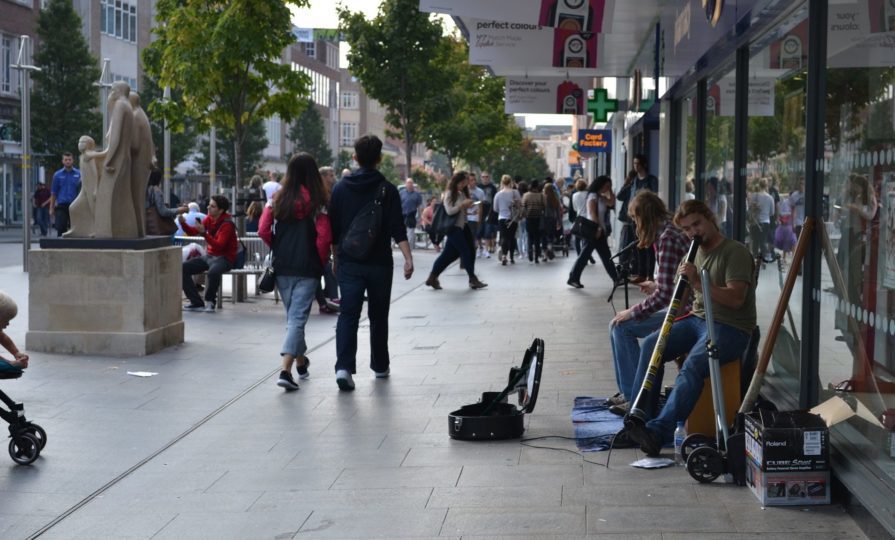How can the high street survive?

Recent news that fast-fashion retailer, Forever 21 has filed for bankruptcy protection in Canada and the United States should have come as a shock. However, the latest high street casualty is just another name pending on a growing list.






